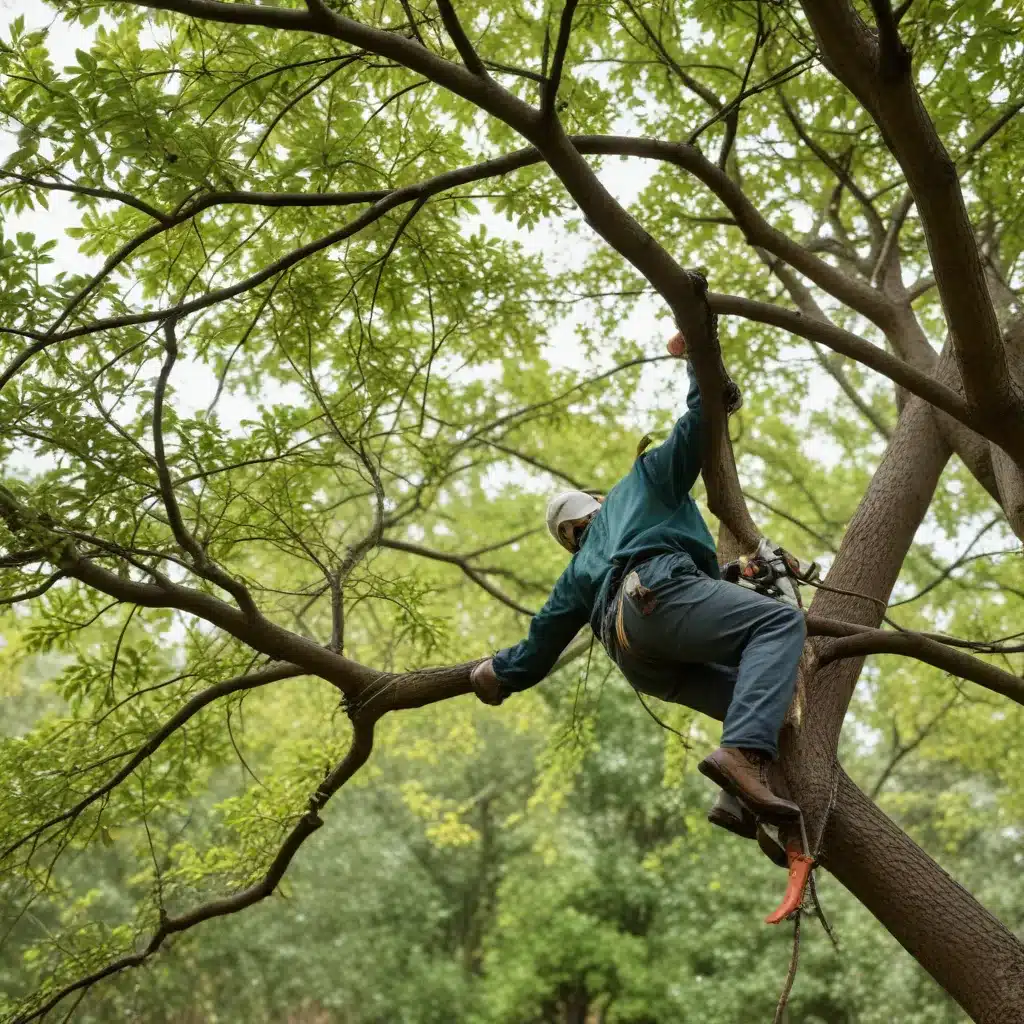
Tree pruning is an essential practice for maintaining the health, structure, and aesthetics of your landscape. Whether you manage a small backyard oasis or oversee a sprawling commercial property, mastering the art of pruning is key to cultivating thriving, visually captivating trees. TriCounty Tree Care is here to share our deep expertise, guiding you through the fundamentals of proper pruning techniques, optimal timing, and specialized approaches for various tree types.
Tree Pruning Fundamentals
The core principles of pruning revolve around strategically removing select branches to achieve specific objectives. Proper pruning can enhance a tree’s natural form, stimulate vigorous growth, mitigate safety hazards, and prevent the spread of disease. It requires a keen eye, a steady hand, and a thorough understanding of tree biology.
Pruning Techniques
The most common pruning techniques include thinning, heading, and fine pruning. Thinning involves the selective removal of entire branches at their point of origin, opening up the tree’s interior to improve light penetration and air circulation. Heading, on the other hand, involves shortening branches by cutting them back to a lateral bud or branch. This technique is often used to control a tree’s size and shape. Fine pruning, a more meticulous approach, focuses on removing small, wayward shoots and suckers to refine the tree’s overall appearance.
Timing and Frequency
The optimal time to prune varies by tree species and regional climate. As a general rule, most deciduous trees are best pruned during the dormant season, when the risk of disease and pest infestation is lower. Evergreen species, such as pines and spruces, often respond better to pruning in late winter or early spring, before new growth emerges. Frequency of pruning depends on the tree’s age, growth rate, and specific needs, but most established trees benefit from annual or biennial maintenance.
Safety Considerations
Pruning can be a hazardous task, especially when dealing with large, mature trees. Arborists and homeowners alike must prioritize safety when undertaking any pruning project. This includes wearing appropriate personal protective equipment, such as hard hats, gloves, and eye protection, and ensuring that power tools are in good working order. For complex or high-risk situations, it’s often advisable to consult a professional tree care service like TriCounty Tree Care.
Pruning for Aesthetic Appeal
Beyond the practical benefits of pruning, this technique can also be leveraged to enhance the visual appeal of your trees. By carefully shaping and refining their natural form, you can create stunning focal points and cohesive, visually harmonious landscapes.
Enhancing Tree Shape
Pruning allows you to guide a tree’s growth, accentuating its inherent shape or even training it into unique, decorative forms. Espalier, for example, is the practice of training trees to grow along a two-dimensional framework, creating stunning living sculptures that can adorn walls or fences. Similarly, topiary involves meticulously shaping trees and shrubs into geometric or whimsical forms, adding a touch of whimsy to the garden.
Promoting Healthy Growth
Proper pruning not only improves a tree’s appearance but also supports its overall health. By removing damaged, diseased, or competing branches, you can redirect the tree’s energy into producing robust, vibrant growth. This, in turn, can enhance the tree’s resilience and longevity, ensuring it remains a stunning and sustainable part of your landscape for years to come.
Addressing Problematic Branches
Pruning is also an essential tool for addressing structural issues or safety concerns. Removing overextended, weakly attached, or hazardous branches can mitigate the risk of damage to property or injury to people. This proactive approach helps maintain the structural integrity of your trees while preserving their aesthetic appeal.
Tree Health Optimization
Pruning is not solely about shaping and styling; it’s also a crucial component of comprehensive tree care. By incorporating strategic pruning into your overall plant healthcare regimen, you can optimize the long-term vigor and resilience of your trees.
Disease and Pest Management
Thoughtful pruning can help prevent the spread of disease and deter pests. By removing infected or infested branches, you can isolate the problem and promote the tree’s natural healing process. Additionally, opening up the canopy through thinning can improve air circulation, making the environment less conducive to the proliferation of fungal pathogens.
Nutrient Requirements
Pruning can also influence a tree’s nutrient uptake and allocation. By directing the tree’s resources towards the most productive and structurally sound branches, you can encourage the development of a stronger, more vibrant root system and canopy. Supplementing your pruning regimen with targeted fertilization can further enhance the tree’s overall health and vitality.
Wound Care
Proper pruning technique is essential for minimizing the risk of infection and ensuring efficient wound healing. Making clean, precise cuts at the appropriate angle and location can promote rapid callus formation and prevent the entry of harmful pathogens. Arborists may also recommend the use of wound-sealing compounds to further protect the tree’s vulnerable tissues.
Tailored Pruning Approaches
While the underlying principles of pruning remain consistent, the specific techniques and timing can vary significantly depending on the tree species and its intended purpose within the landscape.
Deciduous Trees
Deciduous trees, such as maples, oaks, and elms, often benefit from dormant-season pruning, when the reduced sap flow minimizes the risk of disease. This is an ideal time to thin out the canopy, remove competing leaders, and shape the tree’s overall structure.
Evergreen Trees
Evergreen species, including pines, firs, and cedars, typically respond best to late-winter or early-spring pruning, just before the onset of new growth. Pruning during this period can stimulate the development of dense, full foliage and maintain the tree’s desired shape.
Fruit-Bearing Trees
Pruning of fruit-bearing trees, such as apples, pears, and cherries, requires a more nuanced approach. Careful thinning and heading can improve light penetration, air circulation, and fruit production, while also addressing any structural or health concerns.
By tailoring your pruning practices to the unique needs of your trees, you can ensure their long-term vitality and cultivate a visually stunning, harmonious landscape. To learn more about our comprehensive tree care services, please visit TriCounty Tree Care.


